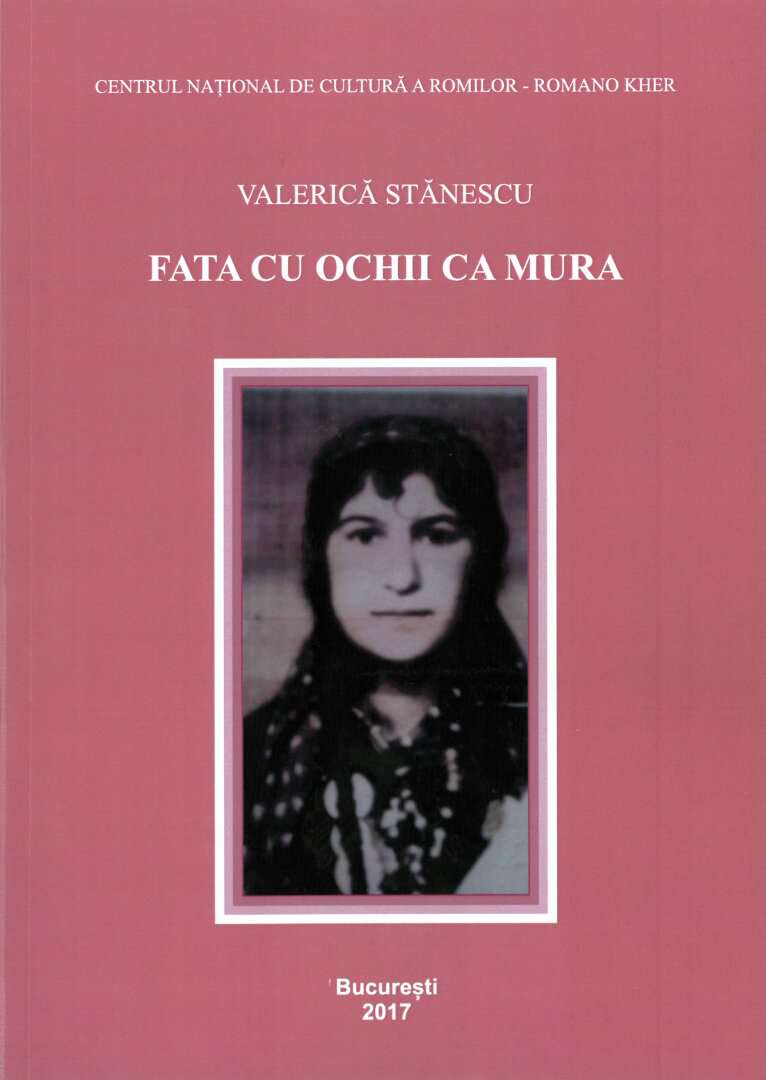The novel is a subjective and highly emotional chronicle of a traditional Romani coppersmith’s itinerant life in Romania, especially after the Second World War under the Communist regime. It is dominated by a reminiscent approach in which the style and some of the topics remind the reader of the classic Romanian writer Ion Creangă and his Childhood Memories.
The novel deals with several topics that reflect the traditional life of a family of itinerant Romani coppersmiths. The family is described as following the values and rules of Romanipen, a concept based on ujipe (purity) and pakiv (honour/respect/balance), including measures to impose intra-community control and punishment. The fundamental role of mothers is the education of girls, who have to be ‘pure’ for marriage and responsible as wives, boria (daughters-in-law) and mothers themselves.
The text thematises not only the complementary roles and duties of men and women, the division of work in the family, the role of the elders and children, and their high value but also the hierarchies within the itinerant communities – especially the role and status of the bulibash (head of the community). The latter is portrayed as a symbol of honesty and honour, the coordinator and protector of the whole community, but also as someone who acts as judge and the provider of justice in the relationship between Roma and gadje (non-Roma). According to the concept of Romanipe, the worst form of punishment that can be handed down to a Rom (who, for instance, has been found guilty of stealing from the gadje) is being banned from the nomadic community – a punishment regarded as worse than death.
The novel offers a perspective ‘from the inside’ and addresses the problems of hierarchic social structures, such as drunkenness and domestic violence; those who engage in such acts are depicted as being severely punished in traditional Romani communities.
The traditional crafts of Romani coppersmiths are another main topic of the book, as are traditional Romani medical practices, including the use of natural remedies and magic treatments. A deep faith in God does not contradict the beliefs in curses, fate, precognitions and magic or witchcraft.
Perspectives of Roma on life and death – according to the narrative – emphasise the happiness of the present, lived at its best and in simplicity, accepting both the good and the bad in keeping with what might be described as wise resignation in the face of one’s own destiny (baht = lit. luck).
The novel recounts incidents of racism against Roma by the gadje authorities, how nomadic Roma were disdained, ridiculed, threatened with beatings and even death, how they were beaten at times and often expelled or not allowed to set up their camps. Thus, the main difficulties faced by Roma were not only hunger, thirst and the fear of heavy rains and storms but also the dread of the purported wickedness of gadje and the authorities.
The novel describes how these fears are confronted with a strong sense of solidarity among Roma in order to defend themselves against threats from gadje and to protect their bulibash. But it also details instances of mutual understanding, support and cooperation between Roma and gadje, especially in the wealthier villages of the mountain shepherds, where gadje are portrayed as hardworking, diligent, soft-hearted and charitable and where they baptise Romani children and Romani communities live in prosperity.
In the novel, the concept of a ‘nomadic’ (itinerant) life is important; it is seen as a symbol of freedom by the children and as a curse by the community in times of trouble but nonetheless remains deeply anchored in the Romani identity of coppersmiths, who earned their money as itinerant craftspeople. The horses of the families described in the novel are well loved and highly appreciated, and they are protected and regarded as family members. It is forbidden to beat them, and when they die, they are buried in a ceremony that includes the giving of alms in a way very similar to the funerals of people.
The style of the novel is very lively and vivid, full of metaphors, comparisons and customary Romani-language expressions. These all aim to bring a distinct flavour to the text and counterbalance the fact that the novel was written in the Romanian language by a Romani writer who – while a native speaker of Romani – was educated in a Communist society at a time when Roma were not recognised as a national minority and the official policy was cultural assimilation.
Source of text sample
Stănescu, Valerică. 2017. »Fata cu ochii ca mura« [The Girl with Blackberry Eyes]. Bucharest: National Center for Roma Culture – Romano Kher, pp. 124–127.




